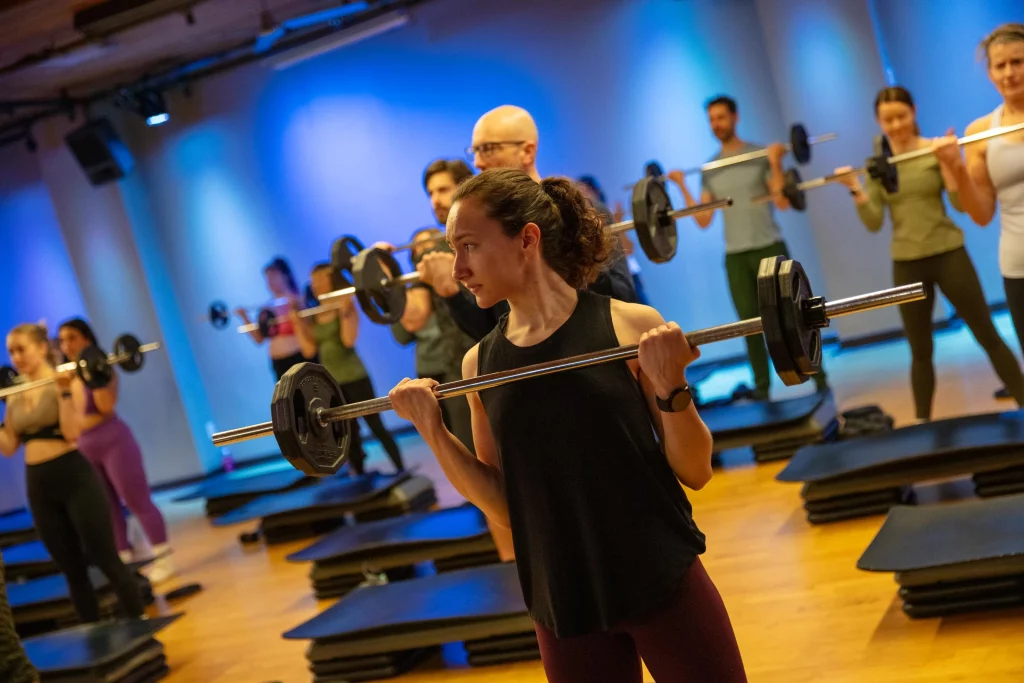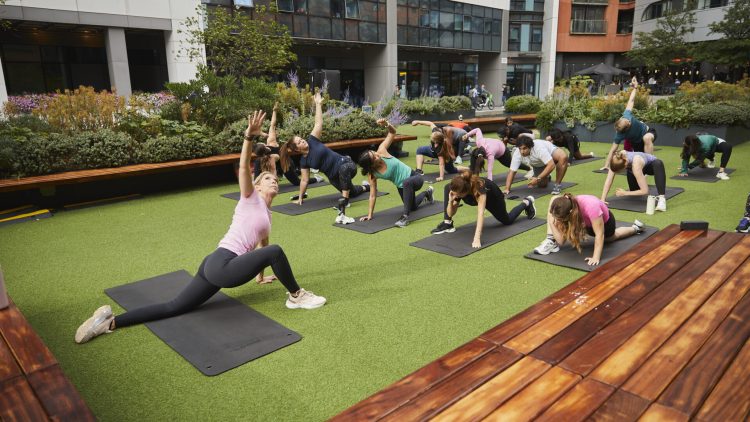Redefining Leadership in Fitness
In an age where health and wellness have become both deeply personal and widely public, community fitness ambassadors are emerging as the new catalysts of change. These are not celebrities or corporate-sponsored trainers, but passionate local leaders who organize neighborhood workouts, walking clubs, yoga in the park, or even virtual fitness challenges. What sets them apart is their grassroots approach—accessible, inclusive, and grounded in the communities they serve. They’re redefining what fitness leadership looks like by building trust and fostering participation among people who may have long felt left out of mainstream wellness narratives.
The Power of Local Engagement
Local fitness ambassadors understand the pulse of their neighborhoods. They’re often residents themselves, dealing with the same infrastructure challenges—lack of gyms, limited green space, safety concerns—but rather than waiting for policy change, they take initiative. Their programs don’t require gym memberships or expensive gear. Instead, they utilize schoolyards, sidewalks, public basketball courts, and online group chats. Through consistent engagement, they build a culture of trust and accountability. This accessibility not only lowers the barriers to fitness participation but also helps foster genuine social bonds. It’s this hyper-local, peer-led model that gives community-led fitness its unique power.
Boot Camps That Build More Than Muscles
Take Darnell, a former Marine turned youth mentor from Atlanta, who started a weekend boot camp in a church parking lot. Initially aimed at keeping neighborhood teens out of trouble, the Saturday morning workouts now attract adults of all ages. His sessions are a mix of military-style drills and motivational affirmations, and they end with an open circle where participants share wins and struggles. The physical benefits are clear—weight loss, increased stamina, improved mobility—but the emotional gains are just as profound. Attendees report feeling more confident, connected, and supported. Darnell’s story underscores how fitness can be a conduit for community resilience and transformation.
Walking Clubs for Connection and Cardiovascular Health
In Chicago’s South Side, Maria, a retired schoolteacher, started a walking club after noticing many of her neighbors—especially seniors—rarely left their homes. What began with three participants strolling around the block has evolved into a 40-person walking group that meets every Tuesday and Thursday. They now walk with matching reflective vests, carry water bottles, and use the time to check in on each other’s lives. For many members, the group has improved cardiovascular health and reduced feelings of isolation. For Maria, it’s a way to continue teaching—only now, the lesson is in movement and mutual support.
Yoga in the Park and the Mind-Body Revolution
In Oakland, Jasmine, a certified yoga instructor and mental health advocate, offers free weekly yoga sessions in DeFremery Park. Her goal? To provide a space for healing that feels culturally relevant and economically accessible. Many of her attendees are first-time yogis—Black and Brown women, single mothers, queer teens—people who say they’ve never felt welcome in commercial studios. Jasmine’s classes blend traditional yoga poses with breathing exercises, affirmations, and guided meditations rooted in trauma-informed practice. The experience is communal, reflective, and deeply healing. Her work challenges the notion that yoga is a luxury and reframes it as a right.
Inclusivity and Representation Matter
Fitness ambassadors are often the antidote to the exclusivity of traditional wellness spaces. They reflect the diversity of the communities they serve—in race, body type, ability, age, and gender identity. Their presence sends a clear message: fitness is not about perfection or performance, but about participation and perseverance. This representation not only boosts self-esteem but also encourages broader engagement. When people see someone who looks like them leading a class or cheering them on, it cultivates a sense of belonging that commercial gyms often fail to offer.

Digital Platforms, Real-Life Impact
Many grassroots fitness leaders leverage technology in simple but effective ways. WhatsApp groups for accountability, Instagram Lives for virtual sessions, TikTok challenges to keep members motivated—these tools are free and accessible, allowing leaders to expand their reach without diluting their community focus. Some ambassadors have even launched apps or YouTube channels specifically tailored to their audiences, translating localized support into scalable impact. Yet, they remain rooted in their mission: to empower through presence, not polish.
Challenges and Opportunities
Despite their growing influence, community fitness ambassadors often face hurdles—lack of funding, limited access to permits for public spaces, and burnout from the emotional labor of serving others. However, some cities are beginning to recognize their value. Local governments and nonprofits are offering micro-grants, equipment donations, and space-sharing programs to support these efforts. There’s a growing call for health equity frameworks to include and uplift these leaders, not just as volunteers but as essential public health workers. The opportunity lies in creating infrastructure that supports their work without bureaucratic barriers.
Why They Matter More Than Ever
At a time when chronic disease, mental health struggles, and social disconnection are on the rise, the need for community-centered wellness has never been more urgent. Community fitness ambassadors offer more than burpees and downward dogs—they offer hope, accountability, and a model of health that is relational rather than transactional. They matter because they are building a culture of everyday wellness—one block, one session, one deep breath at a time. Their work represents the future of fitness: grounded, generous, and genuinely transformative.
How You Can Support or Start Your Own Movement
If you’re inspired by these leaders, you don’t need to be a certified trainer or wellness guru to get involved. Start small—invite friends for a weekend walk, volunteer to co-lead a class in your local park, or simply show up for your neighborhood workout group. Support can also be financial—donate to local fitness nonprofits, fundraise for community gear, or advocate for accessible public fitness infrastructure. The beauty of grassroots wellness is that it grows through connection and intention. Every action counts.
Conclusion
Community fitness ambassadors are not just filling the gaps left by commercial wellness—they are reshaping the foundation of health and fitness culture. Through authenticity, inclusion, and relentless commitment, they are proving that real strength lies not just in muscle, but in unity. They are the leaders we need—transforming sidewalks into studios, parks into sanctuaries, and neighbors into teammates in the shared pursuit of well-being.

















































